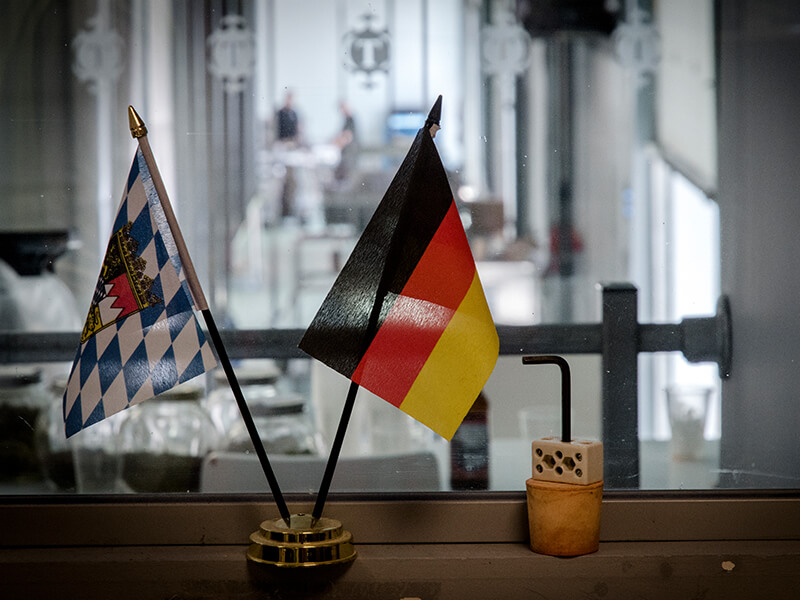
Beer is fascinating for so many reasons not least of which is how beer styles have come to be and how they have adapted and evolved. Take the famed IPA for example. Arguably the most-loved beer style in the world (if we’re not counting lagers) the India pale ale is single-handedly responsible for our current infatuation with all things hops. This style came to be in the late 1700s by adding more hops to a classic pale ale partly to endure the journey from the UK to the British colony in India. The style was eventually adopted by American brewers in the 1970s who used American ingredients and hops. And, as Americans are wont to do, they started chucking more and more hops into their brews and the American IPA was born. As well as the IPA, we’ve also looked at the classic Pilsner, and Belgian and German wheat beers.
English IPA vs American IPA
Hops: Spicy and earthy English hops vs Resin, pine, citrus and floral aromas
Flavour: Malty but well-balanced vs Assertively bitter, but balanced
Yeast: Fruity esters from English strain vs Clean yeast notes
Bohemian Pilsner vs German Pils
History: Czechs created the Pilsner vs Germans followed with their version
Body: Complex caramel malt profile vs Lighter-bodied and drier
Hops: Floral and spicy character vs Bit more bitter and characterful
Belgian Witbier vs German Weissbier
Flavour: Spicy, citrusy with fruity notes vs Classic clove and banana flavours
Ingredients: Coriander and orange peel vs Aromas from yeast only
Colour: Pale straw and hazy vs A dark orange and very hazy
------

